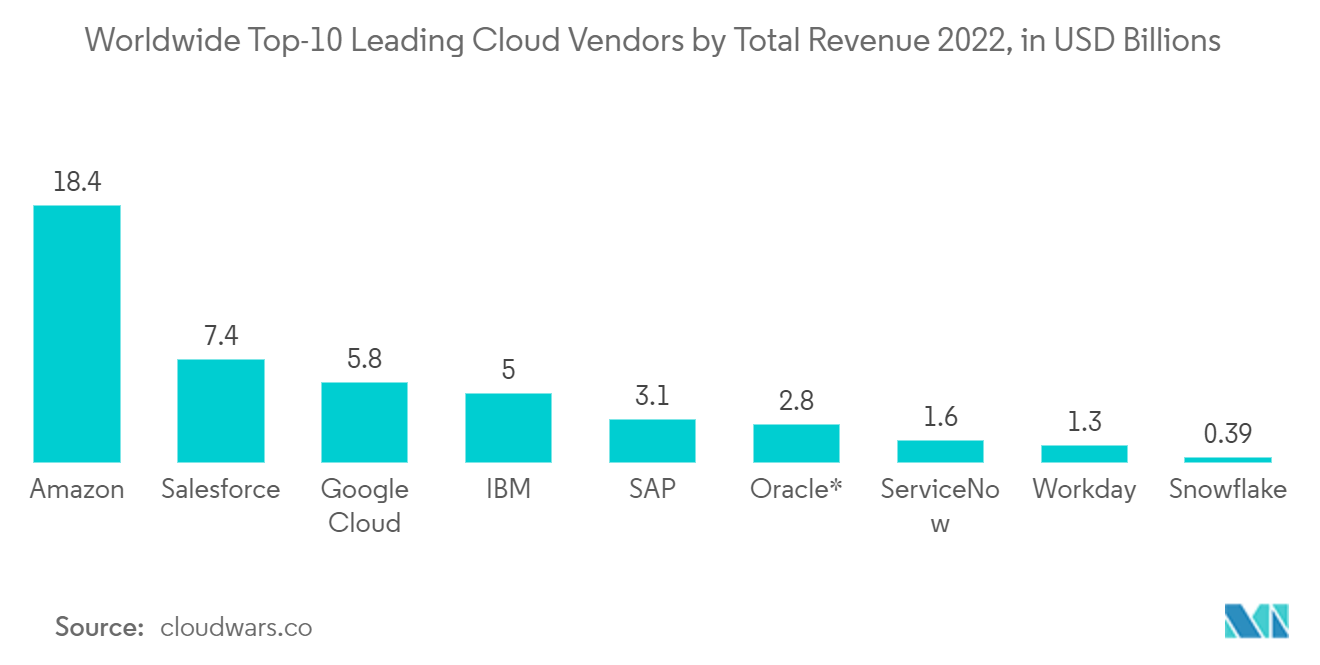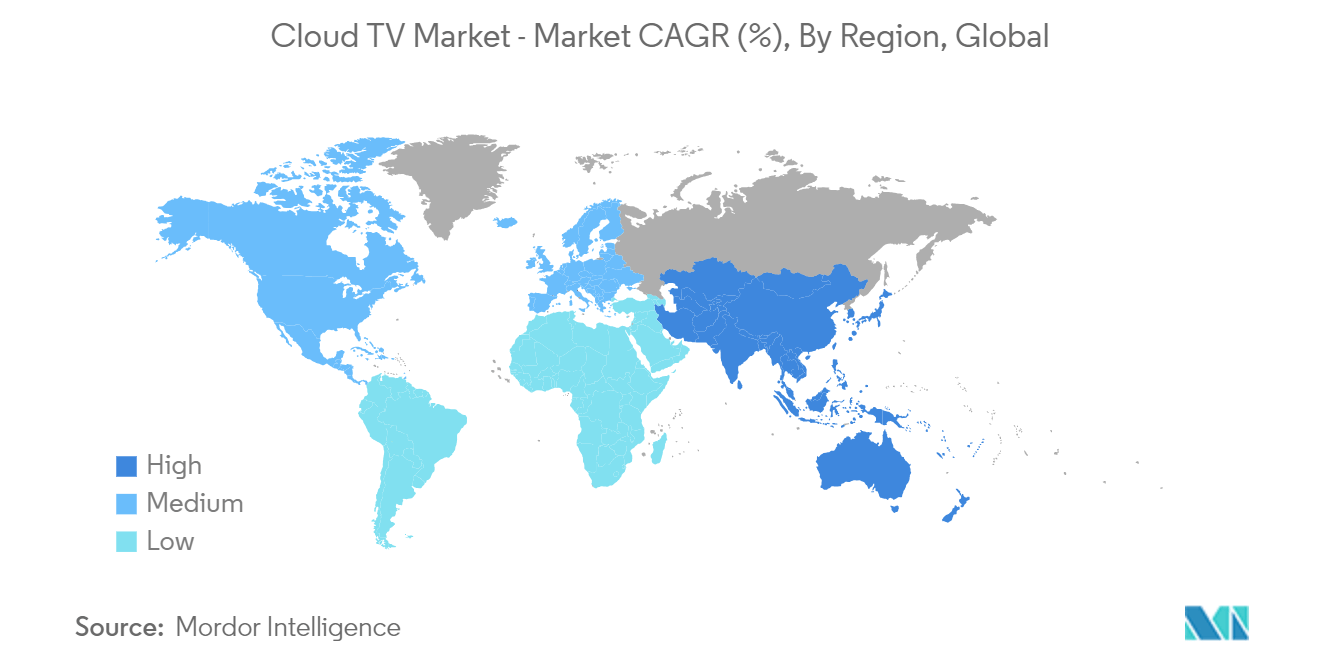Market Trends of Cloud TV Industry
Small and Medium Enterprise to Witness the Growth
- The adoption of cloud in the broadcast and media industry is continuing to grow, with most media businesses adopting cloud technology. The onset of COVID-19 significantly augmented this increasing need for cloud technology in the industry.
- With the trend toward adopting the cloud for various business needs, small and medium enterprises in the media and broadcasting industry have been increasingly adopting cloud TV to reach their customers. An expanding virtualized infrastructure and increasing demand for content over the internet have also influenced the adoption of cloud TV.
- Cloud TV offers small and medium enterprises an advantage in delivering content as it requires less investment to set up the initial infrastructure than traditional television. Cloud TV adoption requires minimal in-house infrastructure, which results in minimal investment in hardware equipment, installation, and maintenance.
- Cloud TVs assist businesses with rapid and straightforward deployments, expanding their existing markets. They also contribute to significant time and cost savings in building and maintenance. The power of cloud computing platforms like Google Cloud and Microsoft Azure can be leveraged by integrated solutions to offer a streamlined cloud TV platform from planning to delivery of personalized content, installation and implementation of online video services, and embracing the growth for customers launching medium-scale cloud TV services.
- Furthermore, cloud TV offers scalability and flexibility to cater to varied audience segments, thus ensuring growth in viewership and the volume of video content consumed. This enables SMEs to adopt cloud TV.

Asia-Pacific is Expected to Hold Significant Share
- The Asia-Pacific region is projected to experience tremendous growth throughout the forecast period, owing to viewers' rising adoption of video streaming services. There has been a growing demand for live streaming that allows the market players to develop robust products and services, further augmenting the market's growth. In addition, the developing infrastructure and reliable internet connectivity throughout the region are also significantly driving the demand for cloud TV.
- Moreover, the overall growth of the consumption of internet-based content is drastically changing Asia's video markets. According to Media Partners Asia, online video is anticipated to expand to 20% of total video industry revenues by 2023 from 9% in 2017. This rise in the overall growth of online video is one of the most significant trends proliferating Asia's video markets.
- Various key players are investing in the market through mergers, acquisitions, and other means to grow their presence among customers and better serve their customers' needs across multiple applications of cloud TVs in the APAC region, supported by the growth of the number of connected TVs in the developing economies, such, India, Malaysia, Cambodia, etc.
- For instance, in October 2022, WeWatch, a leading carrier-grade cloud TV and video streaming entertainment platform, announced an exciting new deal with Cambodia's Premium Internet service provider, Online (COGETEL Ltd), that would deliver next-generation Cloud TV services over Online Internet to both residential and business users in the country.
- Additionally, QYOU Media Inc. declared that The Q India, the company's Hindi language youth-oriented channel, will launch flagship channel The Q, along with new channels Q Marathi, Q Kahaniyan, and Q Comedistaan on 63 new smart TV systems in partnership with CloudTV. The Q India is currently available to more than 125 million TV households and over 680 million users via mobile, OTT, and app-based platforms in India.


